Driving Safety Tips in Heavy Rain in Dubai
People living in the UAE welcome rainfall wholeheartedly as it is a pleasant change for them from the usual heat days. And The point is why wouldn’t they? Like seriously, how often does it rain in Dubai? But still, the happiness does not remain for so long, as things start to get complicated for the drivers when the light rainfalls grow into a heavy downpour.
However, driving in the rain is an unsettling thing for every other driver. When the time comes and it starts raining, people still have to go to the places and reach their destination even when the roads are wet. This Dubai Rainstorm prediction can be alarming, especially for those people who plan a long car trip.
You might know that driving in heavy rain can be hazardous causing hydroplaning and skids. Such heavily rainy conditions can increase car accidents in the UAE due to slippery roads and lack of visibility. Also, a large amount of water stands on the road, and for most drivers who used to drive in the dry weather conditions of Dubai, handling their car becomes more challenging.
Most of the drivers in Dubai simply slow down their vehicles as their only safety precaution when it begins to rain. Taking proper precautions measure and the guidelines help UAE residents to be able to drive safely in unsafe weather on highway roads or on-road. So, this guide covers all the useful safety tips that every motorist needs to be aware of when driving in the rain to avoid the risk of collision and mishaps.
Tips For Driving in The Dubai Rain
Check Car Tyres
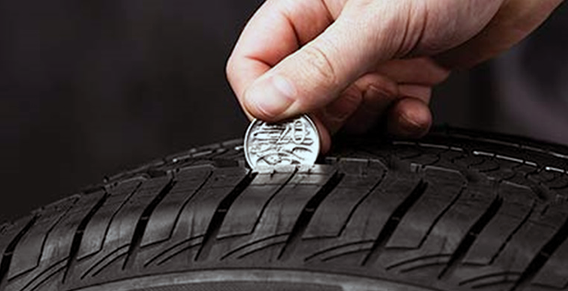
By now all of you would agree that tires are an essential component of your car. Car tires are your best friend that helps you drive in wet weather conditions by providing traction and control on the road. If your tires are in good shape, then it wouldn’t be hard for car owners to drive in heavy rain in Dubai. But, if your tyres are not in good condition then you can’t drive confidently on wet roads.
So, the tyres ensure your safety. Moreover, they are responsible for ensuring performance. During the rainy season, make sure that the tyres have adequate tread depth left. We have talked about the tread depth in detail in various articles.
For those of you that cannot recall, the legal minimum tread depth for a light vehicle is 1.6 mm. For a medium-sized car, it is 2.4 mm. For buses and trucks, it is 3.2 mm. When the rainy season is about to begin, ensure that the tyres have the required minimum tread depth. If not, replace the tyres at once.
Check Headlights
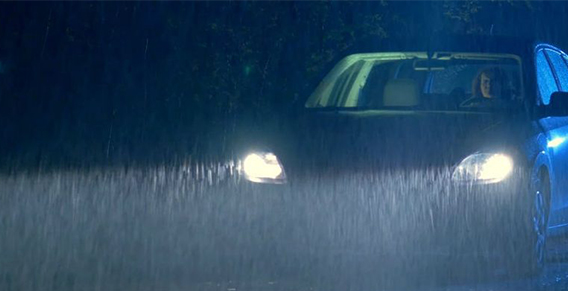
During heavy rainfall, visibility can be reduced dramatically. All drivers who have driven in heavy rain would have experienced this. Even if you are driving during the day, the visibility can be quite poor.
So, make sure that your car lights, starting from headlights to tail lights are on and everything is working properly while driving in the rain. Even, if it is only moisture on your windscreen, but turning on your vehicle headlight will increase both your visibility and other drivers' visibility. While it might not seem much, it will significantly improve visibility and make your car noticeable when you are changing lanes or stopping on the roadside.
Use The Wipers
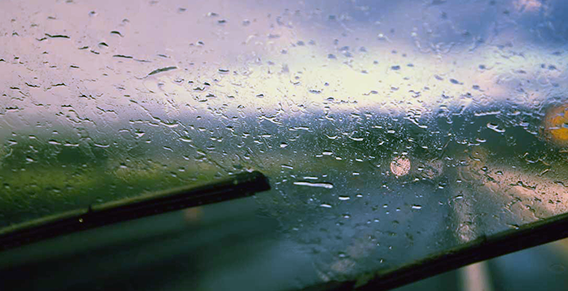
Wipers are made for this type of extreme weather. So, utilize these wipers for good use. Turn on the wipers and let them work their magic. Put those on even if there is a slight drizzle. This will help you to avoid any obstructions to your sight, you will be able to take action quickly on the sudden changes on the road.
The speed is adjustable. Set the speed according to the rain. In heavy rainfall, set the speed of the wiper to the maximum. It will ensure that the screens are cleared quickly, thereby improving visibility.
Keep Your Vehicle Ventilated In Bad Weather
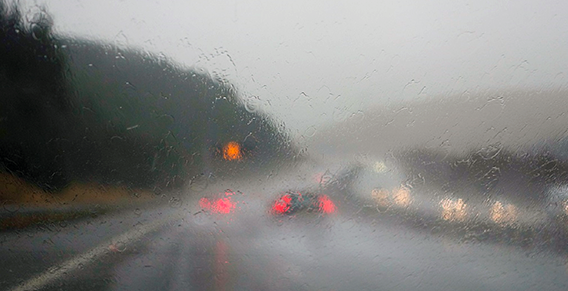
Most vehicles have a feature that does away with the steam/fog that builds up in your car during rain. If you are still facing this problem, pull your car over. Open the windows and let the mist/steam disappear. Do not drive when the visibility is poor.
Slow Down
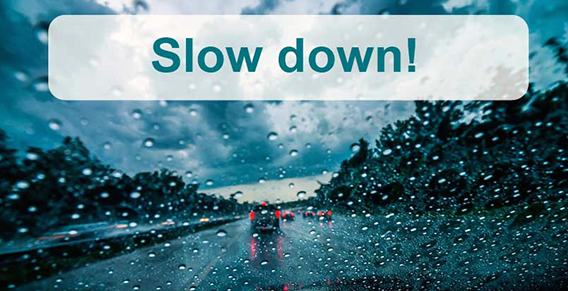
If you are driving and a heavy downpour starts, then speeding on a wet road is a big no. Because, when it is heavily raining, the visibility becomes low and so is the speed of your car. Therefore, fast driving through a road that isn’t visible because of heavy rainfall is not a smart move as it can lead to dangerous circumstances.
PitStopArabia believes that during rain, it is better to drive slower than even the speed limit. It is for your safety and those of others. Driving slowly will allow you to bring a car to a halt quickly when needed. Moreover, you can respond more quickly to your surroundings.
RESPECT THE DISTANCE BETWEEN CARS
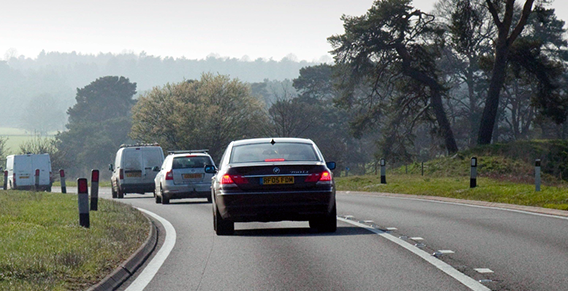
It is always best to maintain a safe distance between yourself and the car in front. Therefore, even if you need to brake, you can bring your vehicle safely to a halt. In heavy rainfall, this distance becomes even more critical. It can be the deciding factor and can avert unwanted situations.
AVOID HYDROPLANING
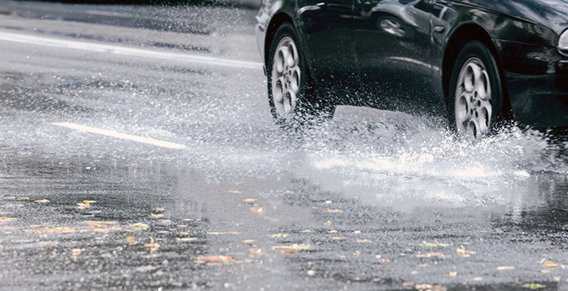
Hydroplaning is a hazardous phenomenon. We have talked about it in various articles before.
But if you still want to know then keep reading this article. So the thing is that the rainwater on the road gets forced out by the tires, right? Therefore, when you are driving fast or when the rain is fast, your vehicle is not able to displace water enough in minimum time. So, what happens next is that water accumulates in front of the tires, lifting them.
Everything happens so fast, so if you are confused that how can a small quantity of water lift the tyres, then let us tell you it’s not the quantity but the speed of the car. Due to this, a thin layer has been formed between the car tyres and the road. You will find yourself in a troublesome situation where your car is kind of spinning and it is not in your control. So, What should you do in this kind of situation?
The only thing that you should keep in mind is that take your foot off the accelerator at once. Avoid hitting the brakes suddenly. Use the steering wheel to adjust the car's spin. Reduce your speed and pull over.
To know more about it in detail, Read this article: TIPS TO WISELY HANDLE OR AVOID HYDROPLANING



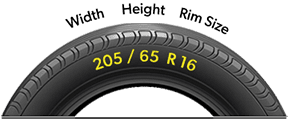





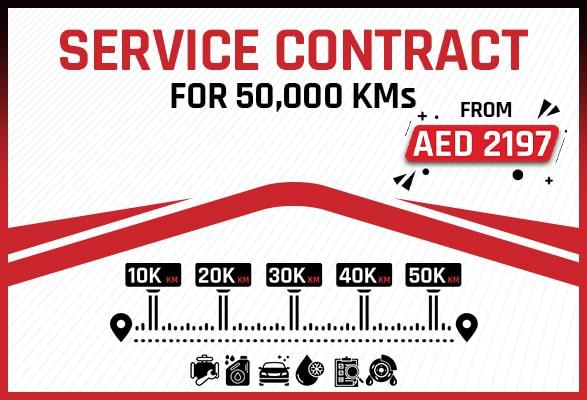
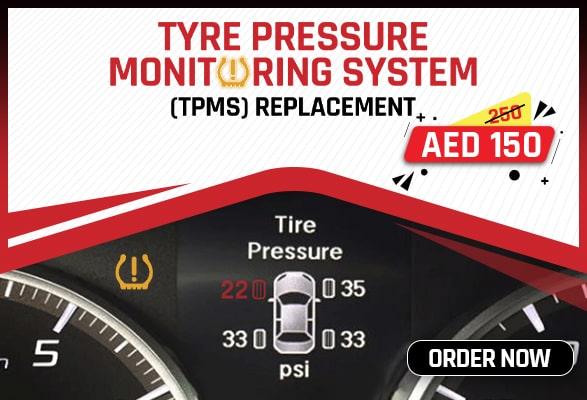

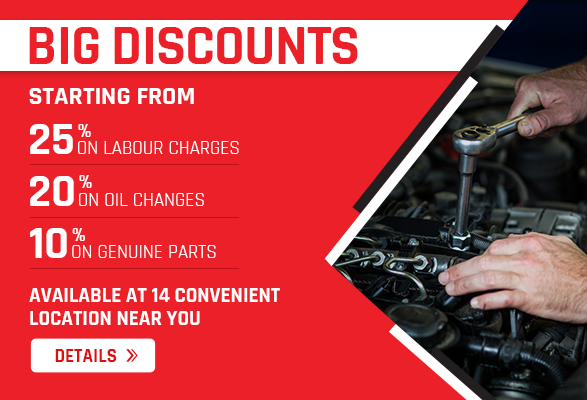




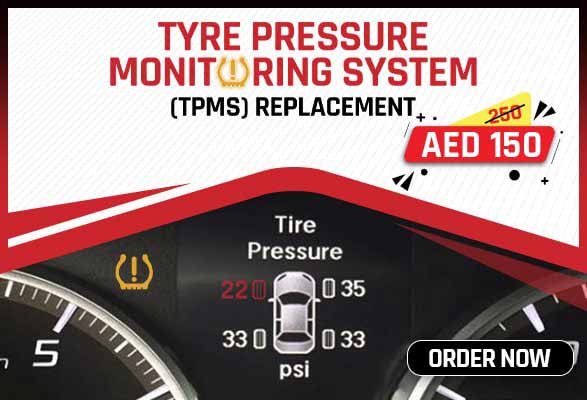







Conclusion
The above tips are not the only tips when it comes to driving in heavy rain season. There are countless other tips, but the above ones are the most useful. We recommend you avoid driving during heavy rainfall unless it is too important to ignore.
Moreover, if you feel that you are unable to continue driving, it is wise to pull over. Wait for the rain to slow down before continuing your journey. We are hopeful and confident that these tips prove useful to you if you ever find yourself driving in heavy rain.